Radiant Hues: A Botanical Guide to Natural Cosmetic Pigments and pH
When it comes to natural cosmetics, every vibrant hue paints a picture only nature could create. There are a lot of ingredients out there packing a pigmented punch but when youre looking for a botanical pigment there are some caveats. Unlike colored minerals, like mica powders, botanical derived colorants need special care in order to harness their unique colors. In this post, we’ll explore how botanical powders can be used to create a full spectrum of colors—from violet to green—in your formulations. Dive into the nuances of each pigment, including aroma, texture, pH, and blendability, ensuring you can craft formulations that not only look stunning but also perform beautifully. You will gain a deeper understanding of how to use botanical powders to achieve natural, high impact colors!
pH and Botanical Pigments: The Hidden Key to Vibrancy
Why pH Matters with Botanical Pigments
Many natural pigments are sensitive to changes in pH, which can dramatically alter their hue, intensity, and stability. For instance, some botanical powders will shift from a deep, rich color to a lighter or even entirely different shade when the pH changes. This sensitivity is due to the fact that the molecules responsible for the color in these botanicals may gain or lose protons under varying pH conditions, causing structural modifications that result in visible color changes.
What is pH
pH is a measure of how acidic or alkaline an aqueous substance is, using a scale from 0 to 14. A pH of 7 is considered neutral—water, for example, has a pH around 7, making it an ideal, neutral foundation for many formulas. Values below 7 indicate increasing acidity, while values above 7 denote increasing alkalinity. In cosmetic formulations, maintaining the correct pH is critical not only for preserving the intended color of botanical pigments but also for ensuring product stability, extended shelf life, and consumer safety.
pH Effects on Formulation
Consistent Color: By ensuring the proper pH, your formulation maintains the intended color. For example, butterfly pea flower powder is well known for its pH sensitivity—minor changes can shift its color from blue to purple.
Stability Over Time: A controlled pH environment helps prevent pigments from degrading or altering over time, keeping your product’s color vibrant and consistent. (Keep in mind that some oxidation may still occur, and different botanical pigments can oxidize at varying rates, especially when exposed to light or moisture.)
Compatibility: Understanding the pH levels of your botanical pigments and other ingredients (such as water and active compounds) is crucial. This knowledge allows you to design formulations where both color and texture remain stable and harmonious.
In essence, by managing pH in your formulations, you create an optimal environment where botanical pigments can express their fullest, most vibrant hues. This attention to detail is key to developing show-stopping products that not only delight the eye but also deliver superior skincare benefits.
pH variations of botanical powders in solution: on left is butterfly pea powder, center is dragonfruit powder, right is rose petal powder.
Adjusting pH in Formulas
Achieving the right pH in your cosmetic formulations is both an art and a science. The skin is naturally slightly acidic so cosmetics in the range of 4.5-5.5 are ideal, however it is safe to increase to 6.5 without any harm done! Here are several strategies and tips to help you adjust and control pH for optimal pigment performance and product stability and safety:
1. Using pH Adjusters
Acidifiers: If your formulation is too alkaline, you can lower the pH by adding a gentle acidifier (e.g., citric acid, lactic acid). These ingredients are effective in small doses and are commonly used in skincare formulations.
Alkalinizers: Conversely, if your product is too acidic, a mild base (such as sodium bicarbonate/baking soda or triethanolamine) can be used to raise the pH. These help maintain stability without compromising the natural benefits of your botanical ingredients.
2. Incremental Adjustments
Gradual Addition: Always add pH adjusters slowly and in small increments. After each addition, thoroughly mix your formulation and test the pH before proceeding further. This ensures you achieve your target pH without overshooting. To test use a pH testing strip and add a smal amount of product to the paper. The color this testing strip turns will indicate the pH of your formulation.
Testing and Documentation: Use reliable pH strips or a digital pH meter to monitor changes. Keeping a record of the amount added and the resulting pH can be extremely helpful for future batches and formulation consistency.
3. Buffer Systems
Buffers: Incorporating a buffer system into your formulation can help maintain a stable pH even in the face of environmental changes or slight fluctuations in ingredient quality. Buffers work by resisting changes in pH, providing long-term stability.
Common Buffers in Cosmetics: Ingredients like sodium phosphate or citric acid paired with sodium citrate are often used in cosmetic formulations to stabilize pH, ensuring that sensitive botanical pigments remain consistent throughout the shelf life of the product.
4. Practical Tips for Botanical Pigments
Pre-Testing: Before incorporating botanical pigments into your final formulation, test small batches with your base ingredients to observe any shifts in hue or stability. This pre-testing helps identify the optimal pH range for each pigment.
Compatibility Trials: When working with multiple pigments or actives, perform compatibility trials to ensure that the collective pH remains within a range that preserves each ingredient’s color and function.
Documentation and Iteration: Given the natural variability of botanical ingredients, document your procedures and outcomes meticulously. Creating a record of your adjustments and testing will refine your process and lead to more predictable results over time.
By understanding and controlling pH, you not only optimize the vibrancy of botanical pigments but also enhance the overall quality and longevity of your cosmetic formulations. This meticulous approach elevates your products, ensuring that they deliver the visual allure and beneficial properties your customers expect.
The Colors of Nature: A Spectrum of Botanical Pigments
1. Red and Pink – The Powder of Love
Hibiscus powder
Botanical Powders:
Beetroot Powder: Offers a deep, earthy red hue that enriches your formulation with a natural, vibrant color.
Hibiscus Powder: Provides a bright, almost fuchsia tone, perfect for adding a pop of energy to your cosmetic blends.
Dragonfruit Powder: This bright pink powder yields an intense pigment in both powder and liquid form.
Rose Powder: This soothing flower provides a pink to deep red tone depending on the petal color, with a lovely floral scent as a bonus.
Cranberry Powder: A bright powder that creates a faint tint, but has a tendency towards oxidation and fading.
Considerations:
Staining: Hibiscus and beetroot powders are potent stain agents. Use sparingly to avoid overwhelming the formulation or leaving unwanted stains on the skin or surfaces.
Aroma: Beetroot carries an earthy scent, whereas hibiscus and rose add a subtle, floral nuance. Consider how these aromas might interact with added essential oils. Both Cranberry and dragonfruit powders and pretty mild in scent.
Blending: These pigments blend well with neutral carriers. Both cranberry and dragonfruit powder disperse well in water while rose and beetroot powder will have particulates that may need straining. Always test for compatibility with oils and butters in your bath formulation to ensure even dispersion and stability. Oil infusions are always best when working with botanicals. For a detailed guide check out my blog, How to Make and Use Herbal Oil Infusions.
pH Considerations: While red pigments are generally stable, slight pH variations can sometimes cause minor shifts in hue; a controlled pH environment ensures consistency. On the other hand pink powders tend to be more sensitive to pH changes, especially rose petal powder!
2. Orange – Warmth in a Powder
Botanical Powders:
Annatto powder
Carrot Powder: Offers a gentle, warm orange hue that adds depth and vibrancy to your formulation.
Annatto Powder: Creates a natural, warm orange color that is both inviting and luminous.
Cranberry/Beetroot and Turmeric: Bring color theory to cosmetics with this combination. Balancing the golden intensity of turmeric with the deep red tone of cranberry or beetroot provides the perfect orange tone.
Considerations:
Intensity: Carrot powder delivers a softer color compared to some more potent pigments, making it an ideal choice for sensitive formulations. Turmeric can be extremely staining so use sparingly and consider adding a binder to help with this.
Stability: Annatto is known for its color stability; however, prolonged light exposure may cause gradual fading. Ensure proper packaging to minimize this risk.
Scent: Carrot powder has a very subtle, natural aroma that easily blends with complementary essential oils, maintaining the overall balance of your formulation.
Formulation Tip: Combining these powders may give you the best of both worlds—a vibrant color balanced by smooth texture—so be sure to conduct trial blends to achieve your desired outcome.
3. Yellow – A Golden Glow
Botanical Powders:
Turmeric Powder: Provides a vibrant yellow, almost golden hue, renowned for its potent antioxidant properties.
Saffron Powder (or saffron extract): Elevates the formulation with subtle floral notes and a luxurious yellow tone.
Considerations:
Staining: Turmeric is notorious for its staining power on skin and fabrics. Use it in lower concentrations or pair it with binders that can help minimize unwanted staining.
Antioxidant Properties: Both turmeric and saffron offer anti-inflammatory benefits, making them ideal for soothing bath powders and skin treatments.
Blending: Achieving an even dispersion is key to avoid clumping and uneven coloration. Pre-mixing with a small neutral batch can help achieve consistency.
pH Sensitivity: Yellow pigments are typically stable; however, monitor the pH to prevent any chemical reactions that might dull the vibrancy.
4. Green – Nature’s Renewal
Spirulina and matcha powders
Botanical Powders:
Matcha Powder: A finely milled green tea that produces a light and bright green—perfect for a soft, soothing aesthetic.
Spirulina Powder: Delivers an intense, deep green color with a slight marine note that can energize your formulations.
Considerations:
Texture: Spirulina may be coarser compared to matcha. Blending them together not only improves texture but also creates a balanced shade.
Nutrient Value: Both are packed with antioxidants. Their inclusion can boost the overall wellness benefits of your cosmetic product.
Aromatic Profile: Matcha has a mild, earthy aroma, and spirulina’s stronger marine scent might dominate; adjust ratios to create a refined finish.
pH Balance: Both powders are relatively stable, but confirming the pH of your final product ensures that no color shifts occur over time.
5. Blue – A Rare Botanical Challenge
Botanical Powders:
Butterfly pea powder
Blue Cornflower Powder: Derived from the cornflower, this powder offers a delicate and natural blue hue that adds a unique charm to your formulations. It provides a subtle yet captivating shade, making it a gentle option for botanical cosmetic recipes.
Butterfly Pea Flower Powder: Provides a lighter, almost pastel blue when in its powdered form and transforms into a deep blue when dissolved in solution. Its hue can shift based on pH levels, making it a versatile but pH-sensitive ingredient.
Considerations:
Formulation: Blue pigments are particularly delicate. Blending them with a neutral base—such as a light clay or mica—can help stabilize the hue, ensuring a consistent color in your final product.
pH Sensitivity: Butterfly pea flower powder is especially sensitive to pH fluctuations: it shifts from a pinkish hue in acidic conditions to blue at neutral pH, and even to teal in alkaline environments. Adjust your formulation with care by testing small batches for the desired outcome.
Usage: Start with small amounts of each pigment, gradually building up the color intensity. Continuous testing ensures you achieve the precise shade sought without compromising the formula’s stability.
Storage: Since blue pigments can be sensitive to light and air, store your final blend in opaque, airtight containers to maintain its vibrancy over time.
6. Violet – The Mystical Realm
Botanical Powders:
Acai powder
Acai Powder: Lends a soft violet hue with subtle natural undertones.
Purple Corn Powder: Provides a delicate purple tone, offering a subtle yet mystical allure.
Considerations:
Subtlety: Natural violet pigments tend to be more understated than their synthetic counterparts; layering these pigments with complementary hues can enhance their brightness.
Blendability: To achieve multidimensional hues, mix these powders with complementary shades or neutral bases. This approach helps create a balanced, lasting color.
Longevity: Ensure that the pigment is evenly dispersed throughout the formulation so that the vibrancy remains consistent over time.
pH Considerations: Maintaining an optimal pH is critical, as slight variations can lead to shifts in the pigment’s tone. Continuous testing in your recipe can prevent unexpected results.
How to Use Botanical Powders in Your Formulations
Botanical powders offer a versatile spectrum of usage methods in natural cosmetics, each contributing uniquely to your formulation’s performance and aesthetic appeal. Here are several approaches to incorporating these vibrant ingredients:
Using Botanical Powders in Their Raw Form
Direct Addition: Some botanical powders, like rose or hibiscus, shine in their raw form. Rose powder, for instance, is lovely when added directly to scrubs and bath bombs, offering gentle exfoliation and a naturally soothing skin feel.
Texture & Blending: When using raw powders, ensure they are finely milled to prevent a gritty texture in your finished product. Sift the powders if needed, so they integrate seamlessly with oils, butters, or other carriers.
Extracting Botanical Powders into Oils
Oil Extraction: Ingredients like alkanet root or cinnamon can be transformed into rich, buildable pigments by infusing them into carrier oils. This method helps concentrate the color and allows for easier incorporation into lotions, serums, and balms. Be careful with cinnamon as it is a warming herb and can burn if not diluted properly.
Buildable Pigments: Use these oil extracts to create pigmented bases that you can blend into your formulations. Adjust the concentration to achieve the desired intensity—perfect for custom shades in your cosmetic products.
Infusing Botanical Powders into Water-Based Products
Water Infusions: Botanical powders such as hibiscus, cranberry, or even dragonfruit can be infused into water to extract their pigments. These water infusions are ideal for coloring water-based products like facial mists, toners, or bath soaks.
Extraction Process: Gently warm the botanical material in water, then strain to capture the vibrant infusion. This process preserves the natural hue while adding a subtle, botanical aroma to your product.
Each method offers a unique way to harness the natural beauty and efficacy of the botanical powders. Whether you use them in their raw form, infuse them into oil, or extract their color into water, these techniques allow you to create tailored, high-quality formulations that highlight the full spectrum of nature’s hues.
Conclusion
Embracing nature’s palette means celebrating both the art and science behind each botanical pigment. Understanding which natural powders produce every color and how to blend them effectively empowers you to create innovative, holistic cosmetic products that radiate beauty from within. Whether you’re an experienced formulator or just starting your journey into natural cosmetics, these insights, practical tips, and reel inspirations aim to spark creativity and refine your craft.
Stay tuned for upcoming tutorials where I’ll dive even deeper into each pigment and share more behind-the-scenes tips on product development and holistic beauty rituals. Let’s bring the full spectrum of nature’s colors into every bath and beauty routine!



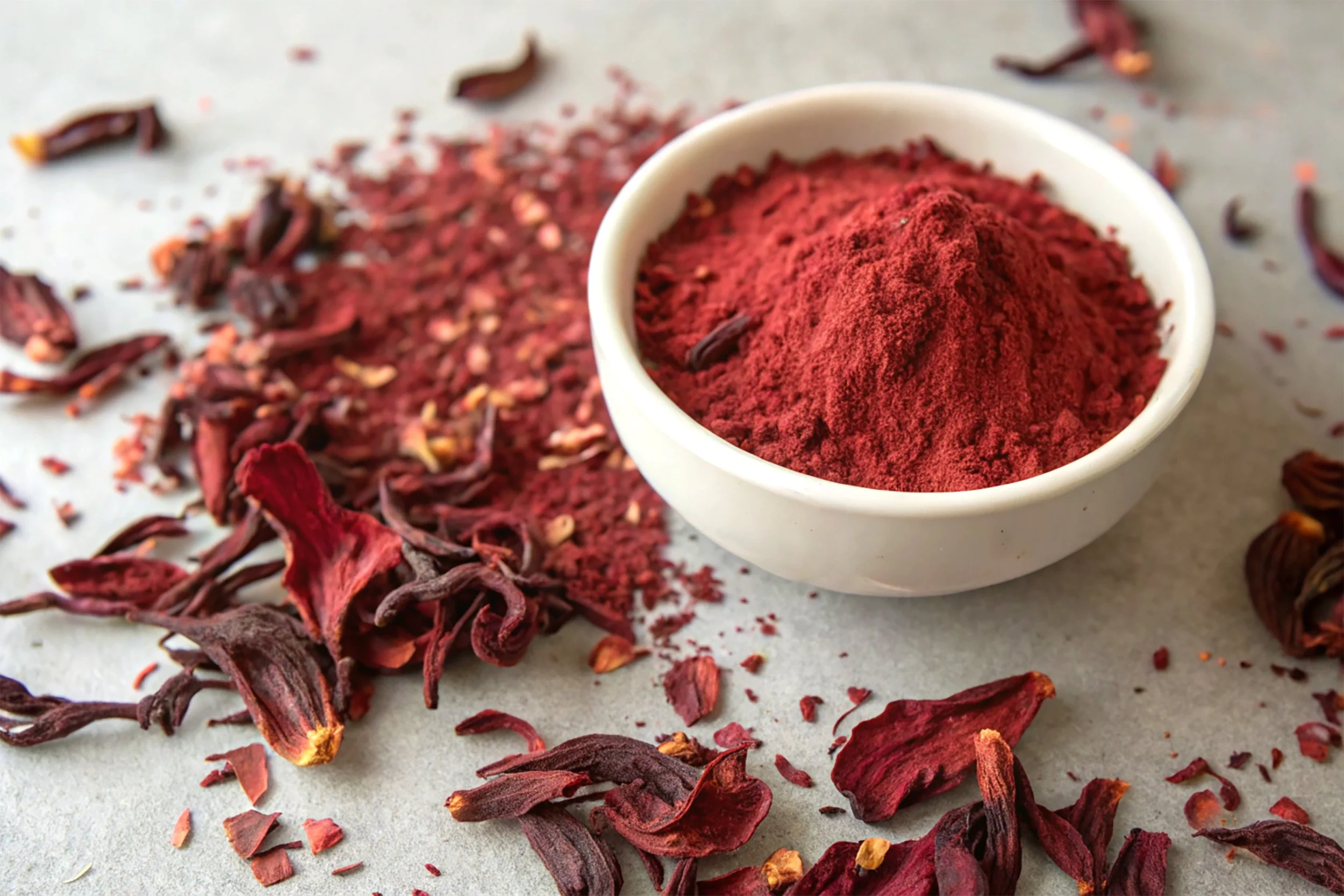
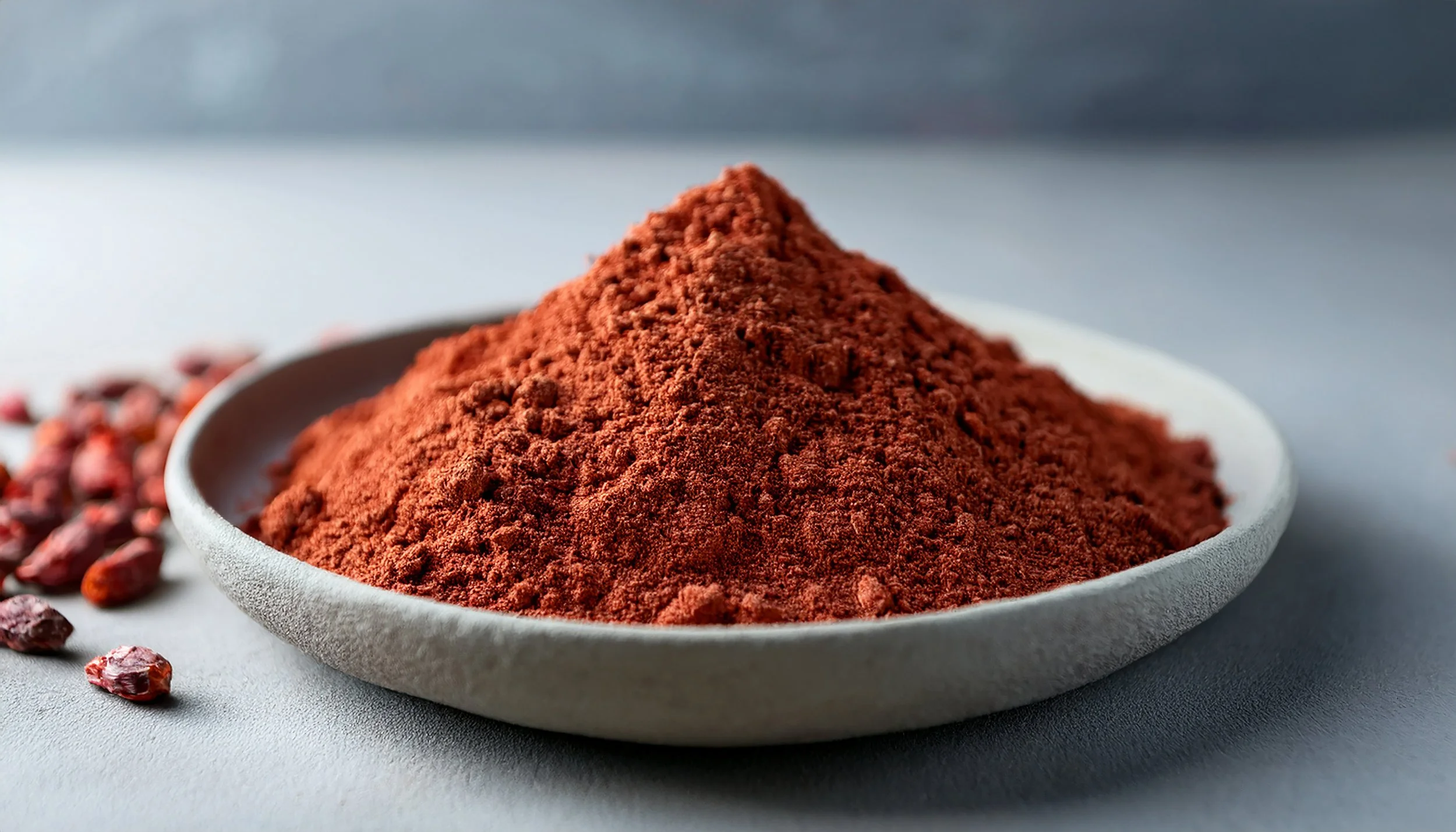
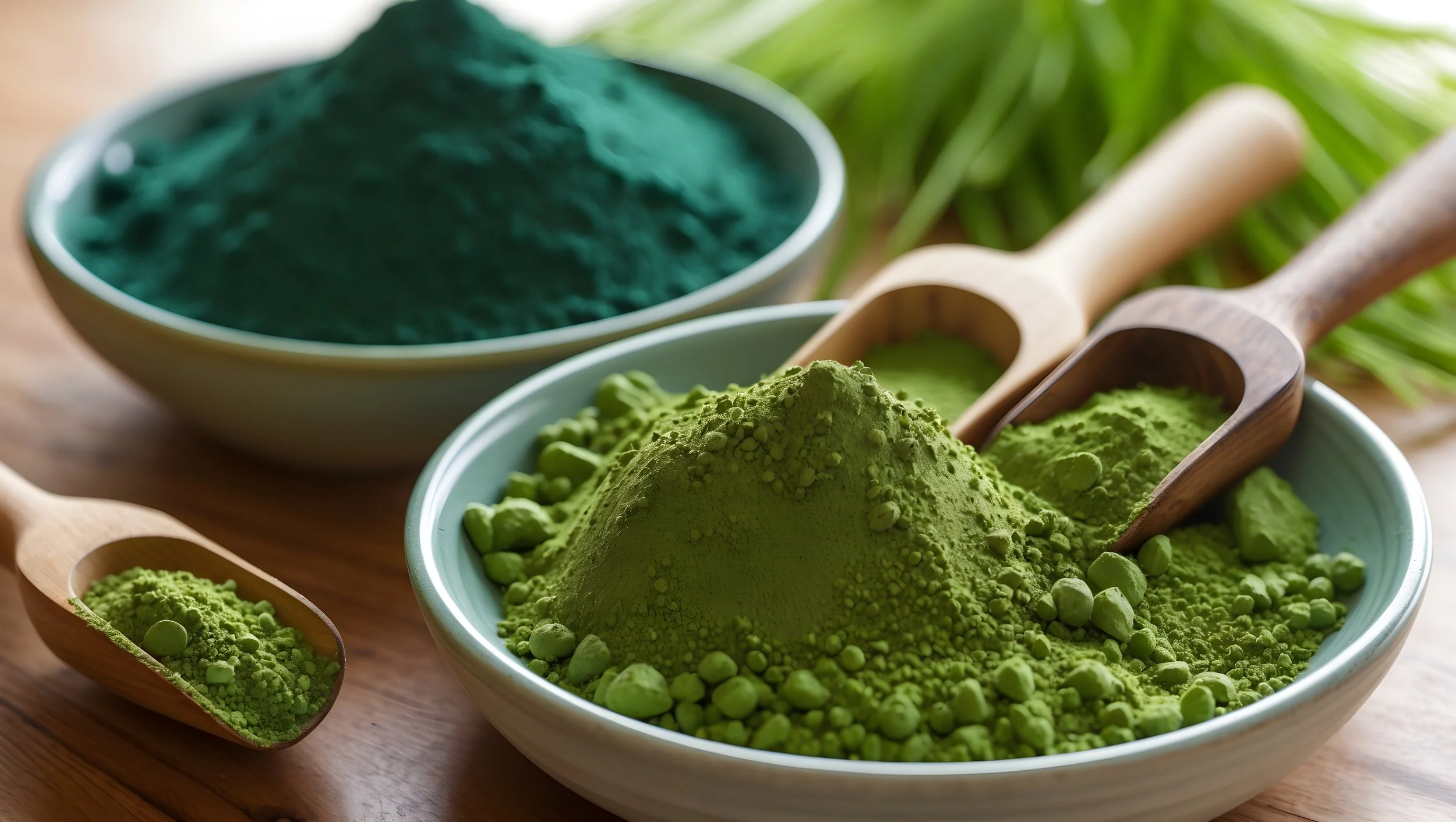
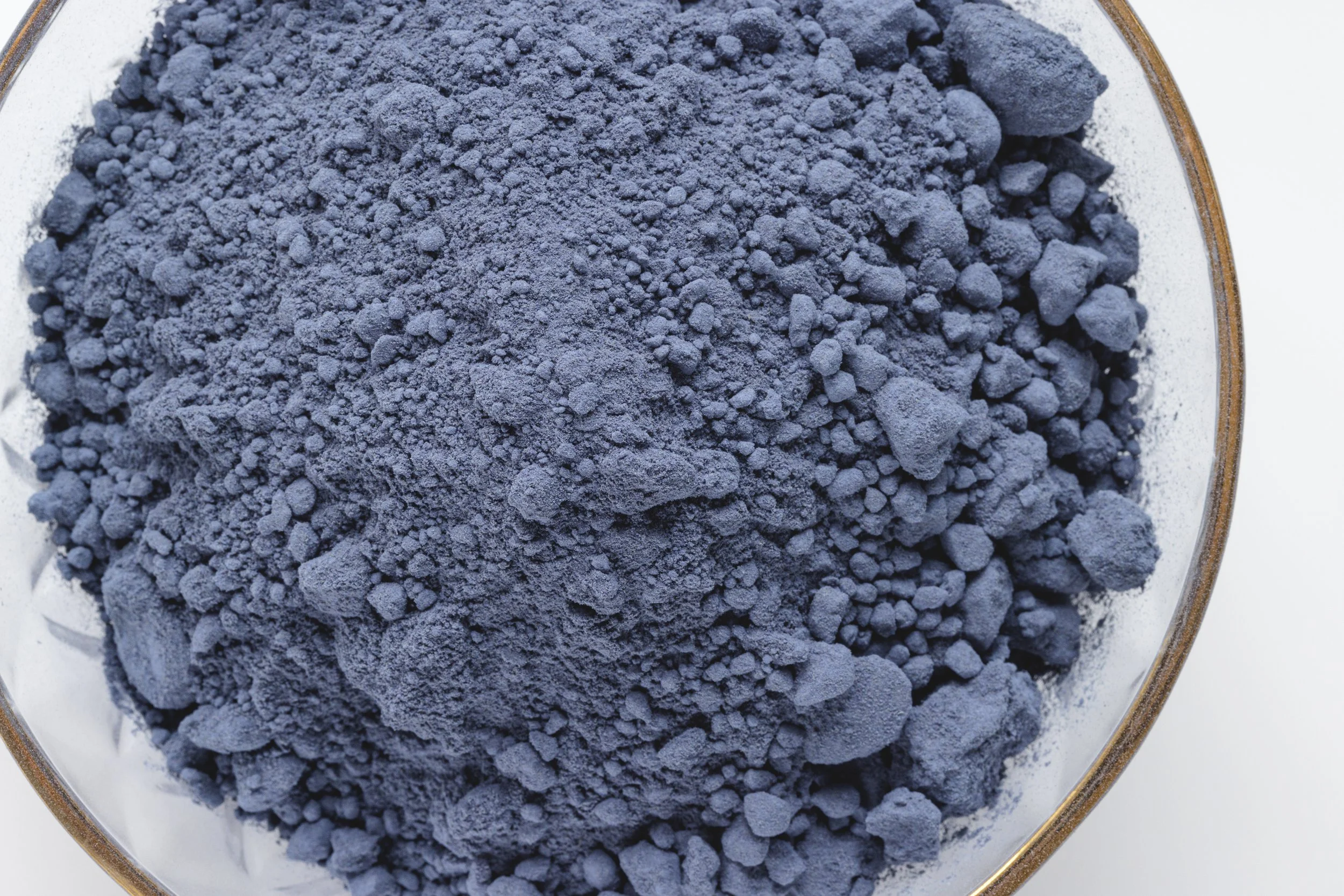
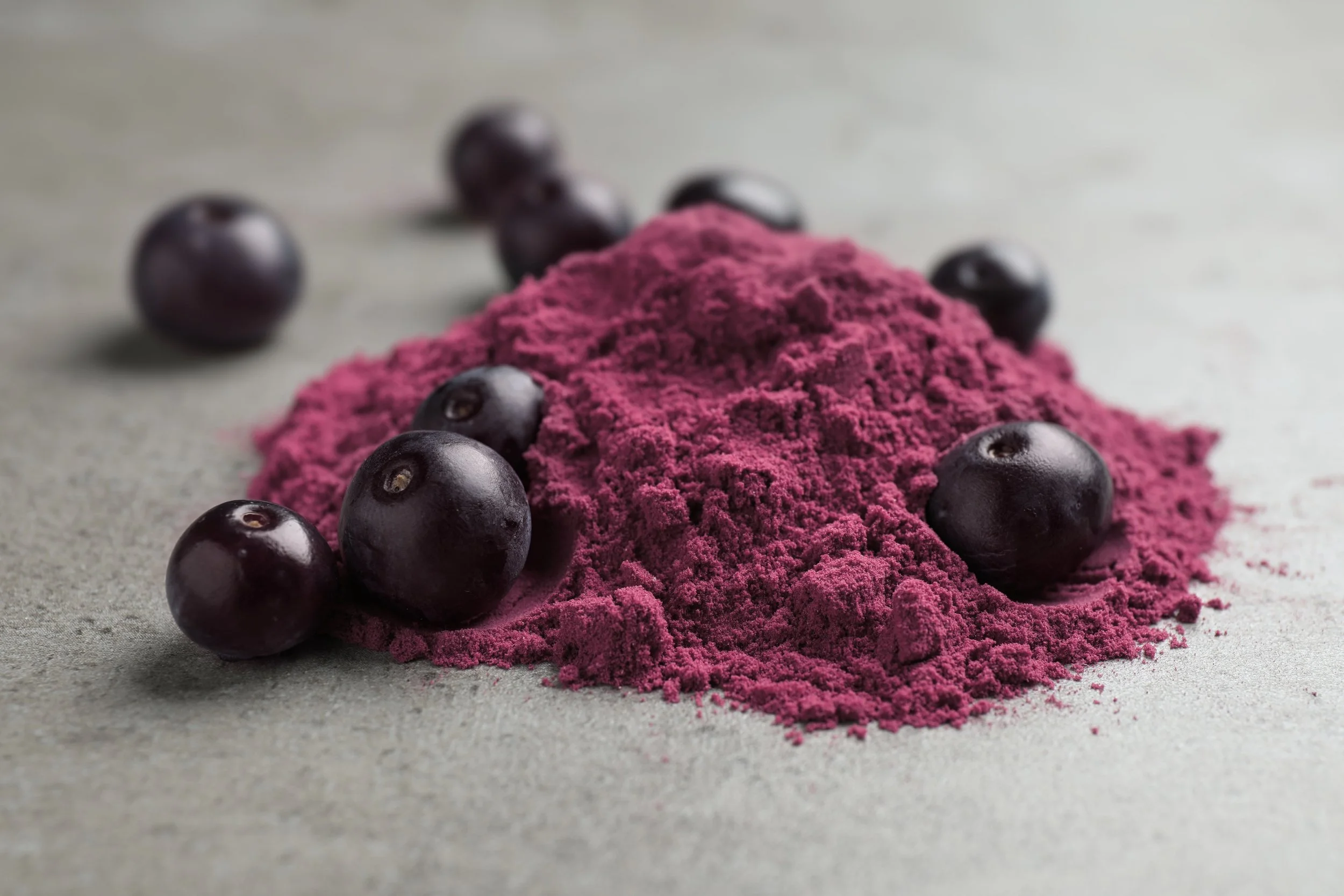

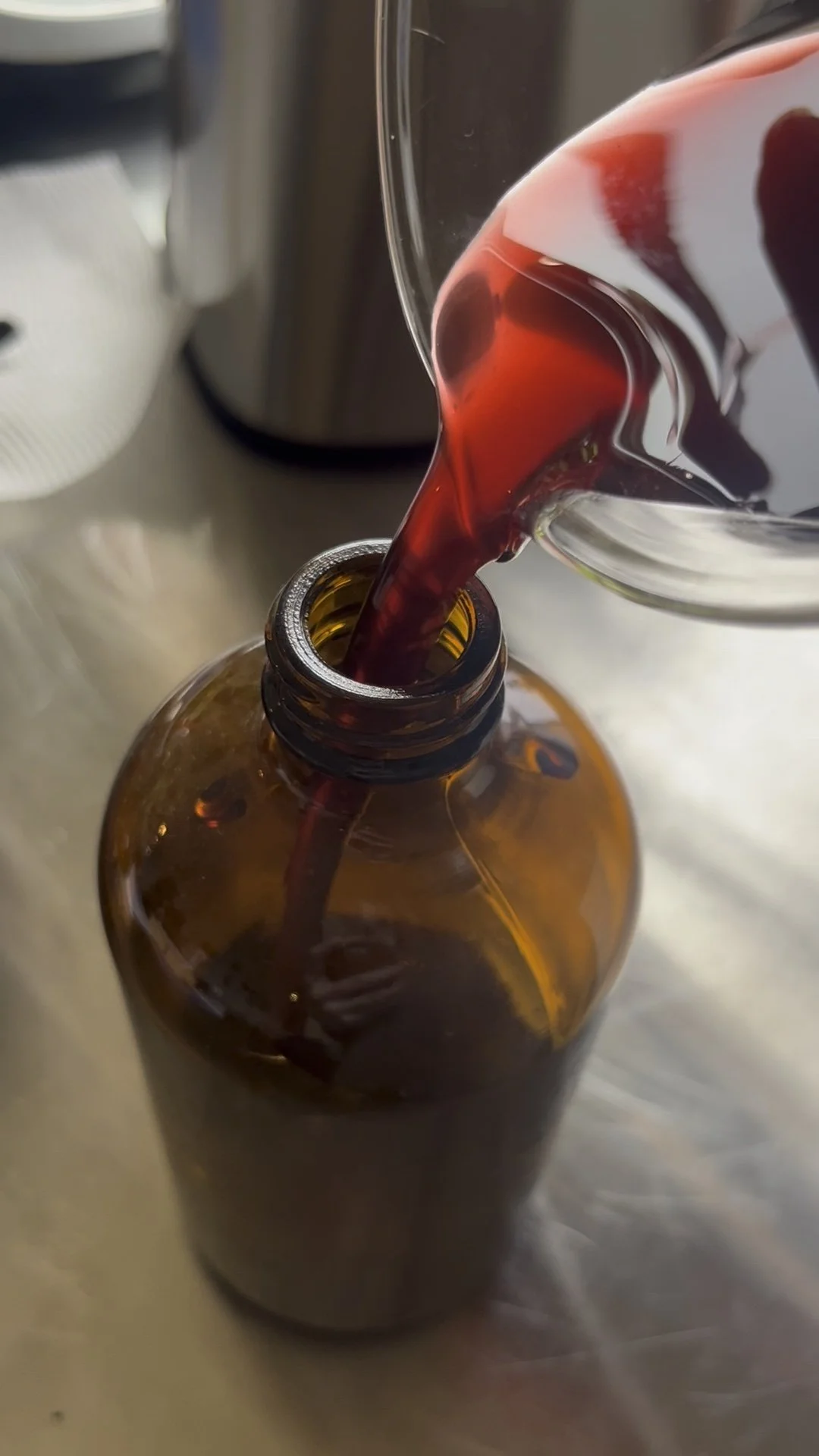






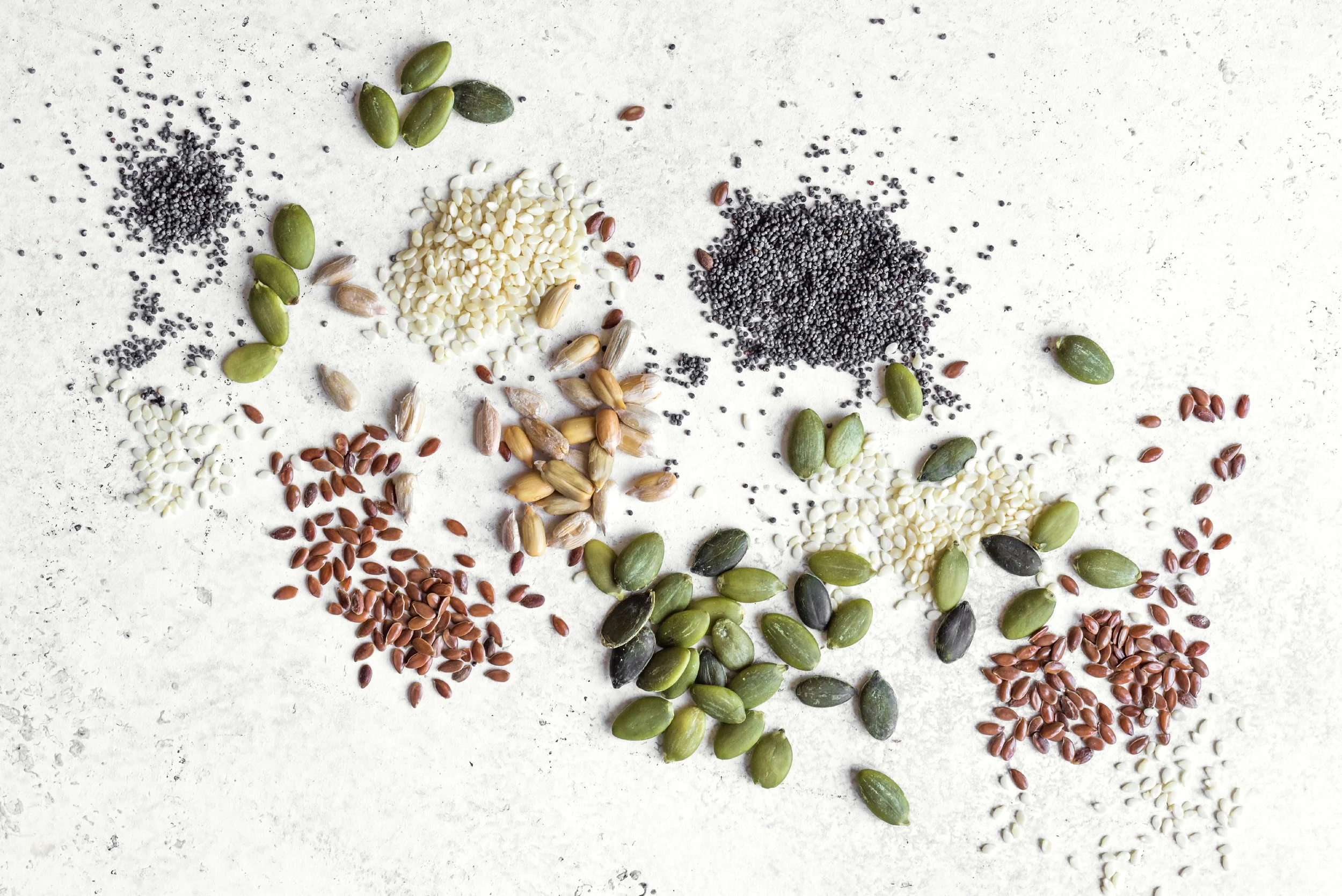

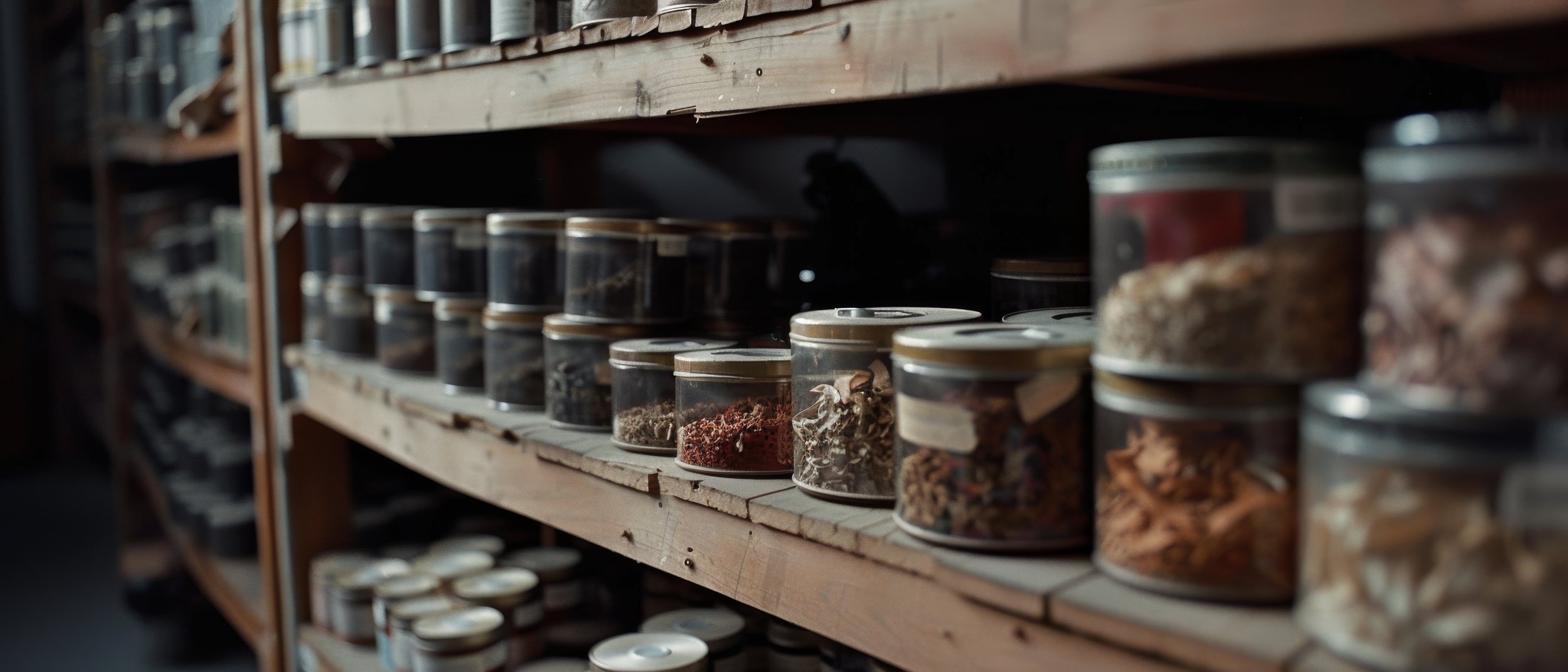

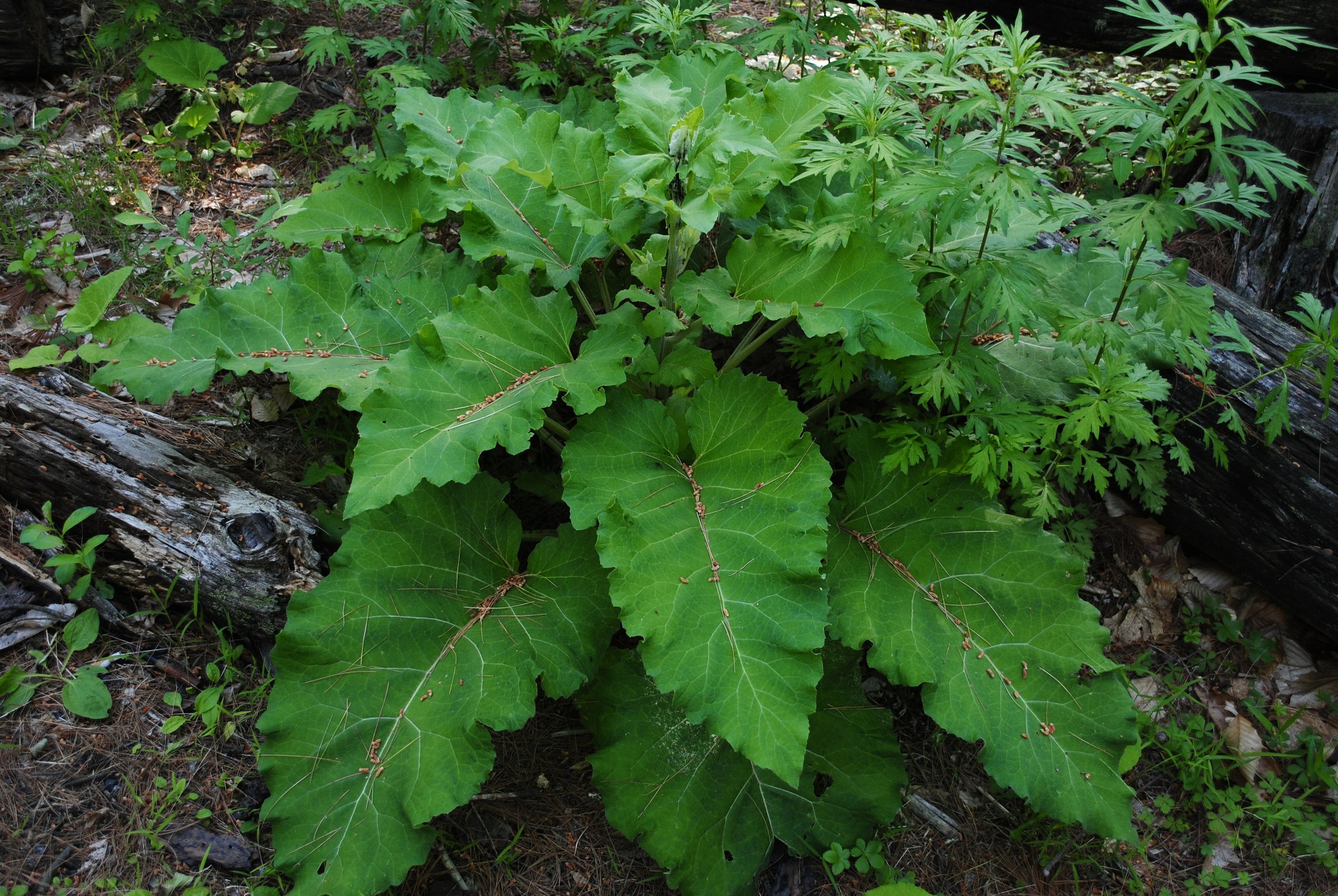

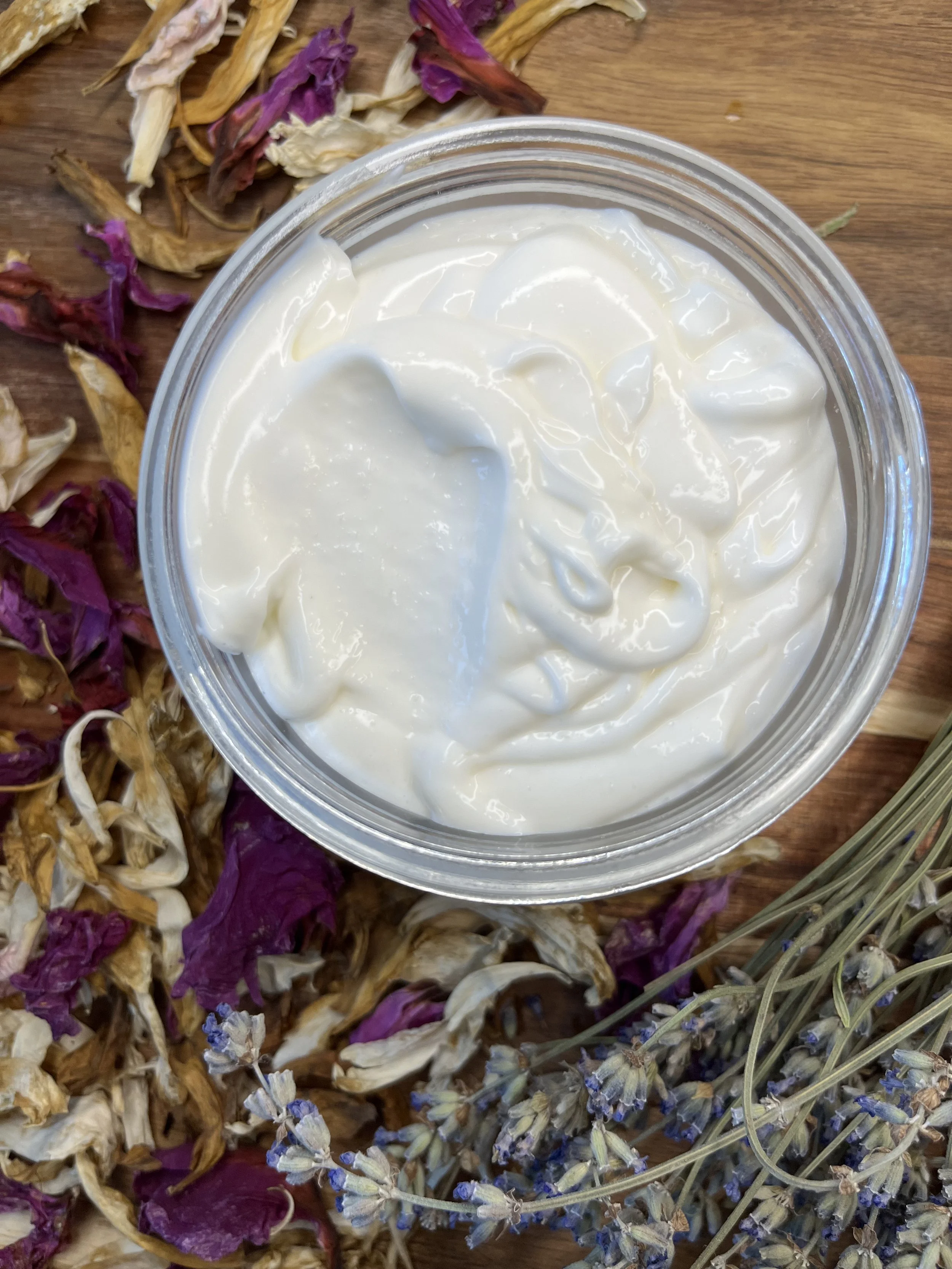



Hello and welcome! I'm Eve, a Chemist turned Herbalist, sharing the wonders of plant medicine and botanical skincare. Join me on this journey to Learn, Create, and Align your Divine!